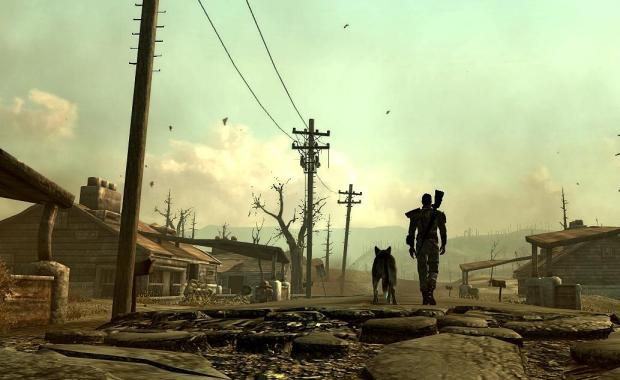24: Sinan’s Crazy Ideas

GamerNode director Eddie Inzauto joins Joe DeLia and Sinan Kubba to discuss the constructs behind exploration in video games. Sinan vents about conventional game design while a bemused Eddie and Joe wonder what all the fuss is about.
Podcast: Play in new window | Download (Duration: 1:18:16 — 35.9MB)








Need more As in Craaaaaaazy
I’ve always sort of resisted the idea of seeking out hidden power-ups in games, as they seem sort of counter intuitive. I mean, if you’re good enough to beat a Metroid game having found 70% of the items, then you don’t really need the remaining 30%. That’ll just make it easier on you, and if you’re a hardcore enough player to seek these out, then you’re probably hardcore enough that you want a greater challenge. Not an easier one.
One of my favorite examples of a secret in a game was in A Link to the Past. You can jump in a well, find a gargoyle, sprinkle magic dust on him, and he’ll come to life. Just when you think he’ll reward you with something awesome, he then gets mad at you for waking him, and punishes you by permanently decreasing your magic meter by half for the rest of the game. Take that, status quo!
My other favorite example of exploration used to enhance a game was finding Milla’s nursery in Psychonauts. Up until that point she’s portrayed as a one-dimensional party girl. But then you find her hidden memories of the children she used to have who died in a fire (possibly due to her negligence) and it adds infinite layers of complexity to this character. Having that as a mandatory plot point that everyone sees would still be effecting, but not nearly to the extent as it was, as you genuinely have to probe her mind for it and go that extra mile to really get the most out of it.
I think my disinterest in power-ups lies in the fact that they’re so predictable. I want the fruits of my exploration to add to the world the way they did in Psychonauts, or I want them to be fun in and of themselves to suss out how to acquire. Tomb Raider: Anniversary is a stellar example of this. I couldn’t care less about the concept art, but each artifact required a distinct, hidden puzzle to solve. Often times these were more clever than the ones on the main quest. Plus, it makes sense why Lara is taking time out of her busy schedule to find these as she’s an archeologist. Which is more than I can say about most games where the world is about to end, but you’d rather go around collecting loot.
I guess I’m not anti-power-up per se. I just hate it when these sorts of collectibles are used to make up for lazy game design (Shadow Complex, I’m looking at you).